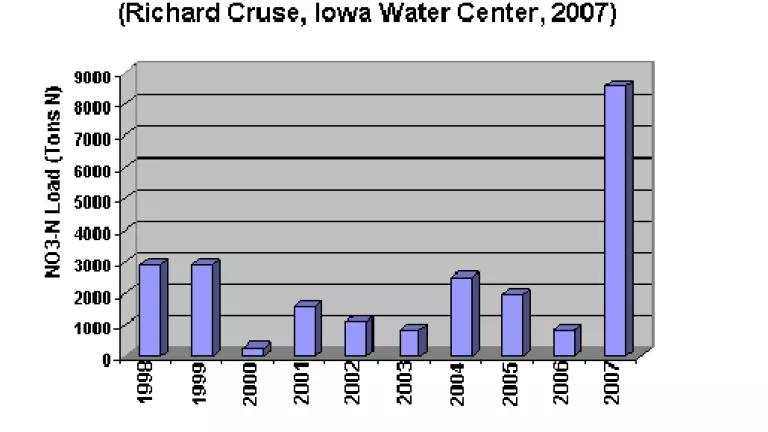
David Pimentel, writing earlier this week in the St. Louis Post-Dispatch, continues to make his case against corn ethanol and biofuels more generally. Dr. Pimentel has made a name for himself by repeating old data that is out of line with the peer-reviewed literature. (Check out Alex Farrell's EBAMM and the supporting materials from the related Science article to get a sense of where Pimentel's data an outlier.) The only news here is that Pimentel seems to have finally acknowledged that corn ethanol has a positive return of fossil fuel investment. From the article:
Cornell University's up-to-date analysis of the 14 energy inputs that go into corn production, plus the nine energy inputs invested in ethanol fermentation and distillation, confirms that more than 40 percent of the energy contained in one gallon of corn ethanol is expended to produce it.
That implies that the return on fossil fuel investment is about 2.5 (100%/40%).
Unfortunately he repeats his mistaken claim that much of the fossil fuel energy going into making ethanol comes from oil. It is almost exclusively natural gas, with some coal mostly in the form of electricity.
He also repeats his claim that ethanol from cellulose has a negative return on fossil fuel investment.This claim appears to be based on the misguided assumption that facilities processing cellulose would use fossil fuel energy to drive the process rather than use the lignin in the raw biomass. Not using the lignin would result in a major waste management problem, which is why all analysts who've tried to figure out how this technology might actually work assume the lignin would be put to productive use.
Check out NRDC's own, slightly dated analysis of the energy return on fossil fuel investment.
Speaking of cellulosic biofuels, Tom Philpott, writing for Grist, seems set on believing that this technology will never materialize. I've written before about why I'm optimistic about the future of cellulosic biofuels. Philpott draw on three sources for his dour view. In this earlier post, which he refers to, he cites a USDA analyst and a study out of Iowa State (PDF).
You'll excuse me if I don't give much credence to the USDA when the private sector is leading the way. Despite Philpott's cynical effort to discredit the academic study before citing it, it actually has a lot of cool aspects, but is an economic modeling exercise that in my admittedly quick review concludes cellulosic material would too expensive to develop absent of the RFS. Of course, we do have the RFS, so I'm not sure what that proves in terms of the future of cellulosic biofuels. Furthermore the modeling only looks a switchgrass competing with major commodities for land. But we don't want switchgrass to out compete food crops because that leads to higher food prices and indirect land-use conversion. Much better would be integration of food and biomass production, but that's hard to model.
The other source Philpott sites is a independent consulting firm, from which he draws the following quote:
The paper noted that there are only two cellulosic ethanol pilot plants currently operating in the United States. Other demonstration plants won't begin producing until 2010 or 2011, making the short-term EISA requirement of having 100 million gallons of cellulosic ethanol by 2012 unattainable.
Yet a quick scan of the 6 DOE commercial-scale cellulosic biofuels grants and related press releases reveals the following projected production capacity schedule:
All 140 million gallons will almost certainly not materialize by 2012, but it's not impossible. And in any case, failure to meet the first requirement in the bill is hardly the deathknell for cellulosic biofuels.

